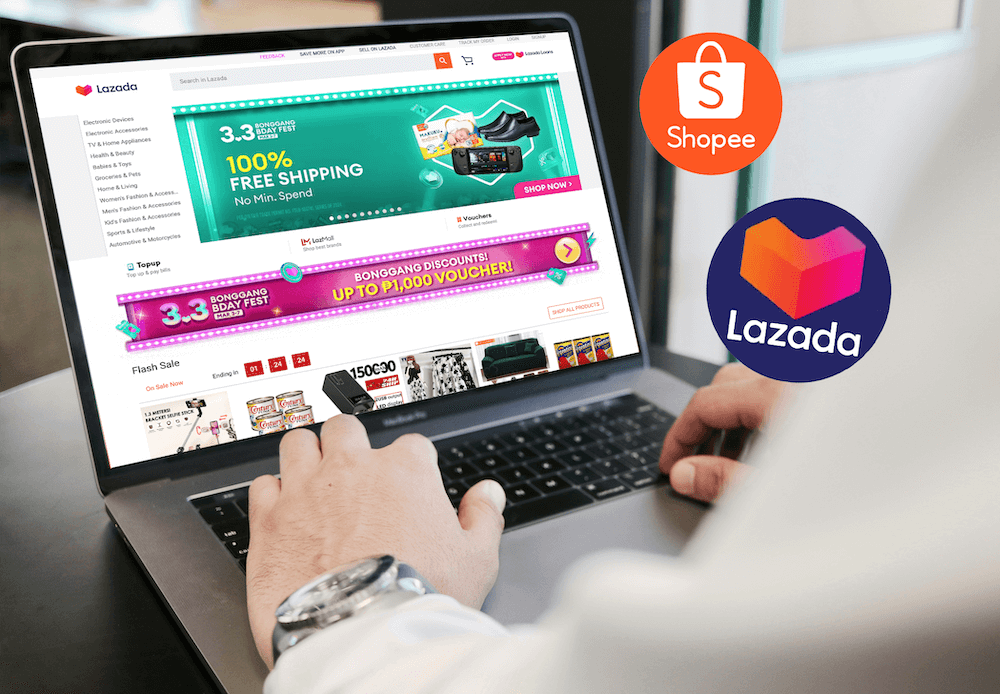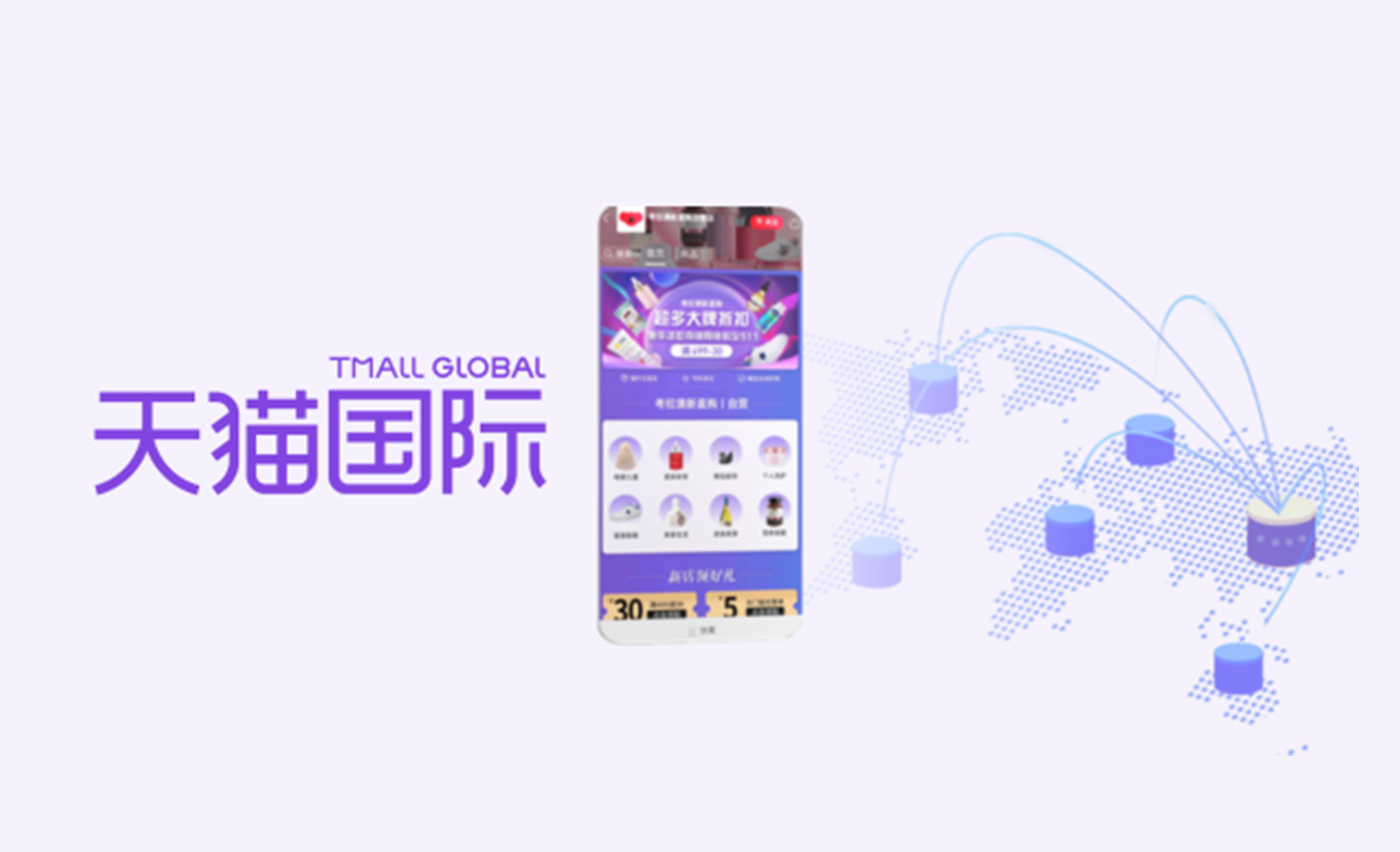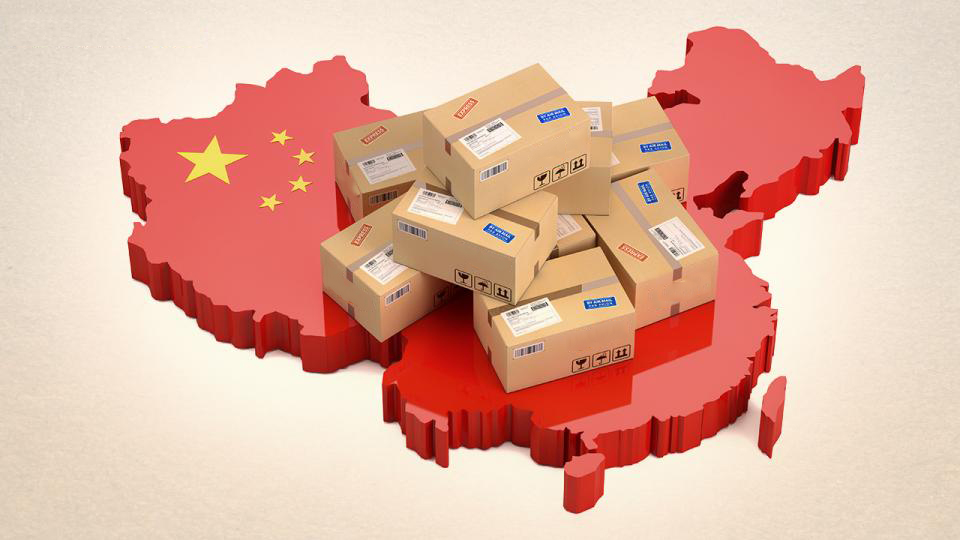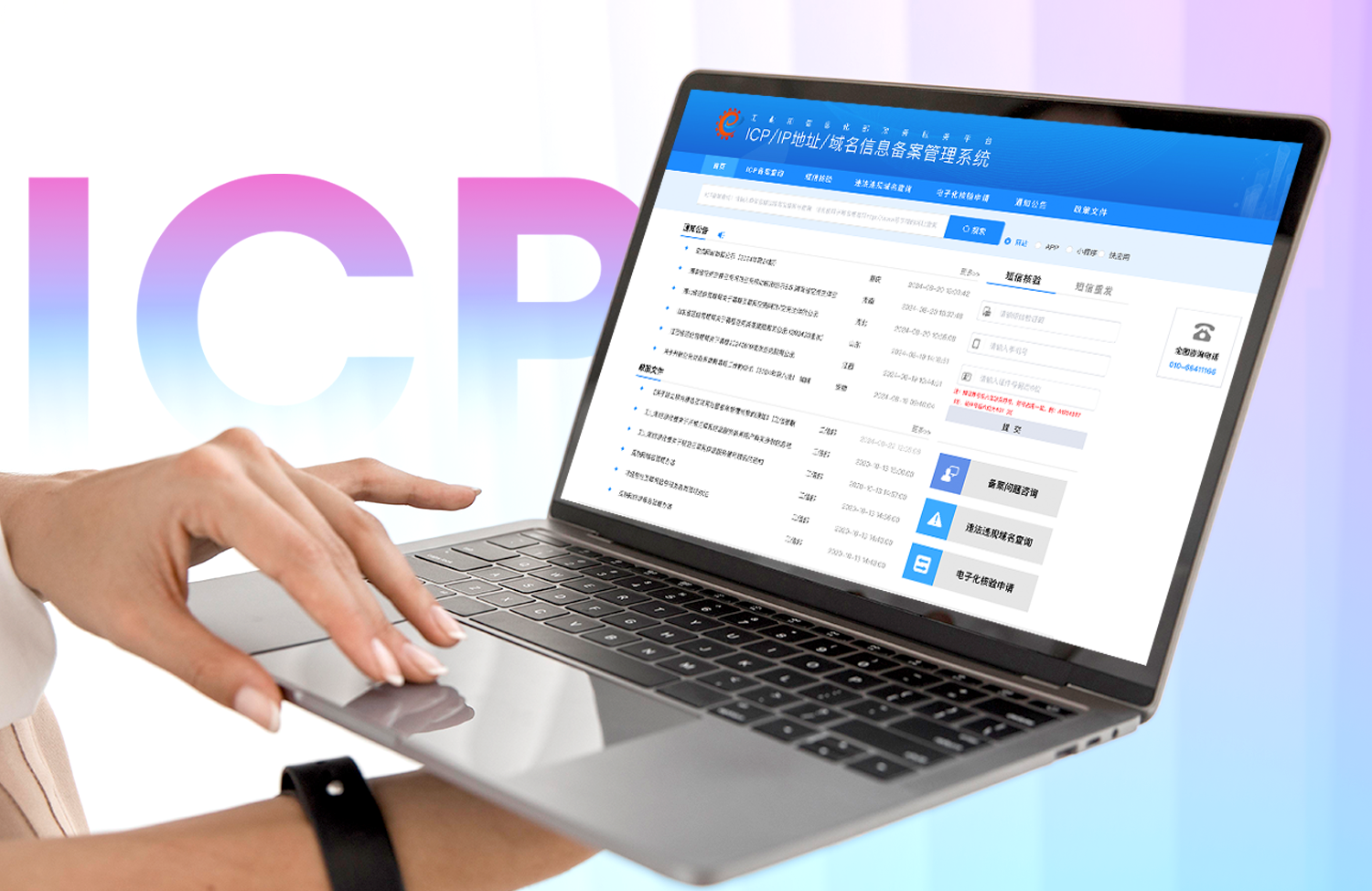It is not uncommon to have one of the requirements for the eCommerce project to have it launched “as soon as possible”. “Yesterday”, as more anxious to launch would put it. Obviously, that’s not something we can do, (until we here at TMO Group get our hands on a time machine, at least), but realistically, what is the minimal period of time required to launch a successful eCommerce platform?
Developing an e-commerce website in a short period of time can be challenging, but it's not impossible. Good organization and understanding of a few trade offs are the key to success. In this article, we will share our insights on how to realistically finish developing an eCommerce website in about two months.
Plan your project
The first step to any successful project is proper planning, but for a project on a tight schedule efficient planning is even more important. That includes a clear understanding of what your specific goals are. We will often work with clients to fine tune the goals to make sure they are achievable in the required time and time and effort is not wasted on something that does not contribute to efficient launch. Apart from goals and objectives, a project plan should include timelines, milestones, and deliverables – broken down by weekly, or even daily basis. If something starts to lag behind, you should know about it as soon as possible, adjusting the plan to mitigate the delay.
Important thing on this stage is to manage your expectations. A lot of things that would be a part of typical development, should be postponed for later stages, if including them into the first release can derail the whole project.
Choose the right eCommerce platform
Choosing the eCommerce platform can greatly affect the speed of delivery of your project. Many options are available to choose from, including Shopify, Magento, WooCommerce, and more.
Thinking of choosing Adobe Commerce (Magento) for your eCommerce project? Check out our 2025 Buyer's Guide for Magento (Adobe Commerce): Costs, Features & AlternativesWe cover the ins and outs of Adobe Commerce (Magento) in order to help you make the best choice for your business, exploring key functionalities, use cases, and examples of successful implementations.2024 Buyer's Guide covering costs, alternatives, and use cases!
Some of these platforms are intended to be heavily customized – including underlying processes and data structures. They often come without the infrastructure, so getting some server capabilities, setting up the environment and installing all required software. Add such things as local taxation, payment gateways and fulfillment services, adjusting for local shopping habits - and it quickly becomes a daunting task to have everything sorted out in such a short amount of time.
Another group of platforms are more for out-of-the-box use. SaaS platforms often fall into the latter category. Enterprises that use such platforms often can start selling in literally a few days, without any concerns about what's under the hood, be it server settings, software dependencies or data structures.
Generally, the less customization you need, the faster you can bring the platform to the market. Out-of-the-box SaaS platforms can be a better choice if you need to start your sales as soon as possible. There is a catch though – if your business does require some heavy customization down the road, those ready-to-use platforms might not be the best choice for you. And switching the platform basically amounts to building the whole project from scratch.
Finding a perfect balance
As you can see if you do want to launch your project in a couple of months – you are faced with a difficult decision. Using a SaaS solution gives you an opportunity to cut many corners, but you may be stuck with things that are difficult or even impossible to change in the long run. Pick a more flexible solution - and you are risking not launching in time, bogged down with a host of technical decisions to make and requirements to fulfill.
There is a way to get the best of both worlds though. Here at TMO Group we have implemented a large number of various projects to narrow down the solution that would fit the vast majority of the requirements. What we do is the more flexible solution (usually based on Magento 2 / Adobe Commerce) with all infrastructure in place and all required customization for one of the Asian markets. We call it “Enterprise ready PaaS (Platform-as-a-Service) Model". This solution allows us to have projects launched, already powered by everything it needs to be successful on the market, without going through a long development cycle.
Here are some other advantages of our PaaS eCommerce solutions:
- Lower cost during the initial phases. Since you will be “renting” the server we provide, you don’t need to invest a lot of time and effort creating a whole new platform.
- Earlier cash flow. The sooner your eCommerce can go online, the sooner you can get your business running. From a cash flow perspective, this is really important to a small or medium size of organization.
- Testing the market. You learn more details about your customers’ behavior when your eCommerce is actually running. Where they are, what they like, how they shop and order – answers to those questions will be extremely useful for improving your online business. Launching your eCommerce early gives you more time to adjust to your customer’s behavior and expectations.
- Fully integrated functionality in the long run. Our fast PaaS eCommerce solutions are fully opened for further development. Any additional functionality or customization, whether it is special user flow or catalog management, checkout integrations, custom analytics & reporting can be added when you are ready for it.
Ready to start your eCommerce journey with us? Contact us to see how we can help to write your next success story.












